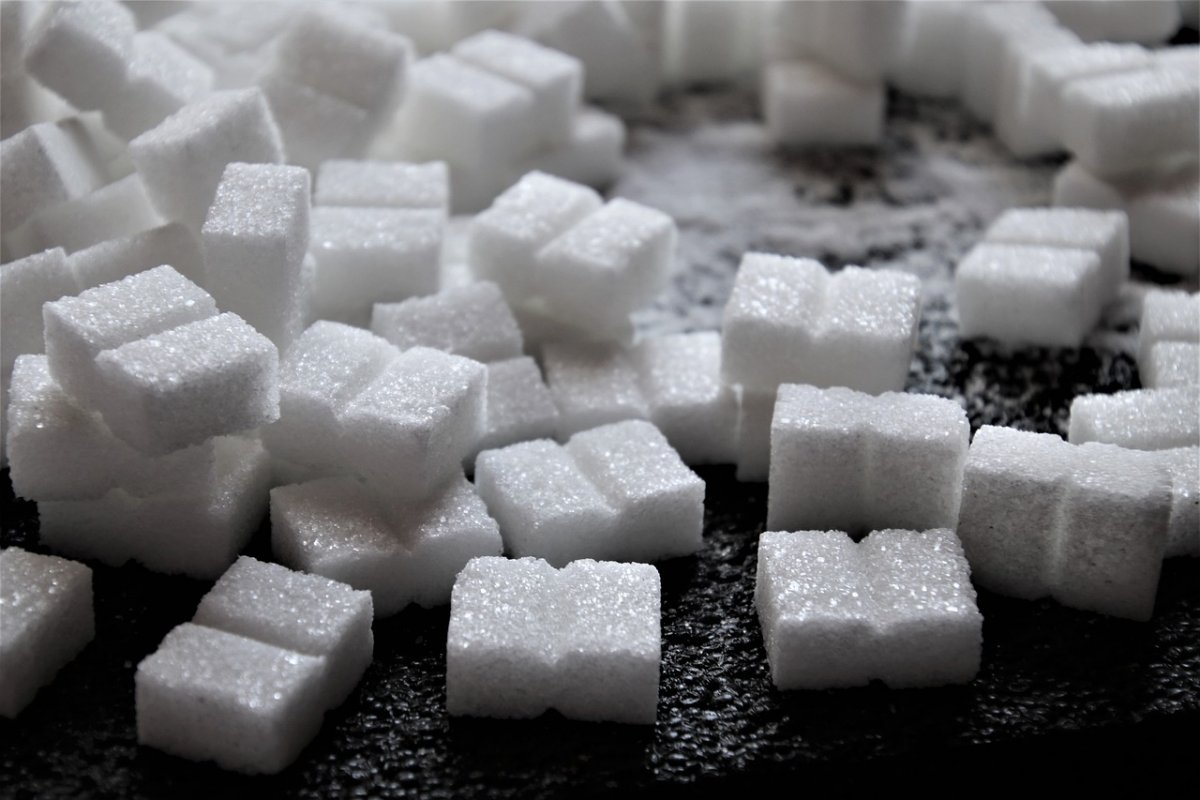
The insidiousness of type 2 diabetes is that for many years the disease can develop unnoticed, without obvious symptoms, but the body suffers from constantly elevated blood sugar levels. The kidneys and eyes are especially sensitive to glucose.
If you pay attention to the signals that the body gives, you can suspect a disease and start treatment on time. One such signal is the length of time a person urinates.
If you develop type 2 diabetes, it means your blood sugar levels are too high, and this can damage the blood vessels that supply vital organs, according to a study published in Express.
What should I look out for?
One of the main symptoms to watch out for is frequent urination, medically known as polyuria.
—Polyuria – increased urination. A person goes to the toilet more often than usual, and each urination produces an excessive amount of urine, explains Diabetes.co.uk .
Polyuria is defined as the frequent excretion of large volumes of urine – more than three liters per day compared to the normal daily urine output in adults of one to two liters. It can lead to severe dehydration which, if left untreated, affects kidney function.
—You should consult your doctor if you have excessive urination for several days that cannot be explained by an increase in fluids or medications, the experts explain.
Other symptoms of type 2 diabetes include:
- Persistent thirst
- Persistent feeling of tiredness
- Itching
- Cuts or wounds taking too long to heal
- Blurred vision.
Prevention of diabetes
- watch your weight;
- lead an active lifestyle;
- eat right;
- treat all diseases, prevent inflammation;
- constantly monitor blood sugar levels.
- How to deal with symptoms
One of the most important measures if you are diagnosed with type 2 diabetes is to control your blood sugar levels. Choose healthier carbohydrate foods and consider your portion sizes.
Healthy Sources of Carbohydrates Include:
Study: Over a Third of Patients Over the Age of 30 Have Type Diabetes Misdiagnosed< br>
- Whole grains such as brown rice, buckwheat and oatmeal
- Fruits
- Vegetables
- Dairy products, such as unsweetened yogurt and milk.
< li>Legumes, such as chickpeas, beans, and lentils
Type 2 diabetes in youth is especially detrimental to health
See also: Nuts can help lower blood sugar.
Important! Information provided for reference purposes. Ask a specialist about contraindications and side effects and under no circumstances self-medicate. At the first sign of illness, consult a doctor.
